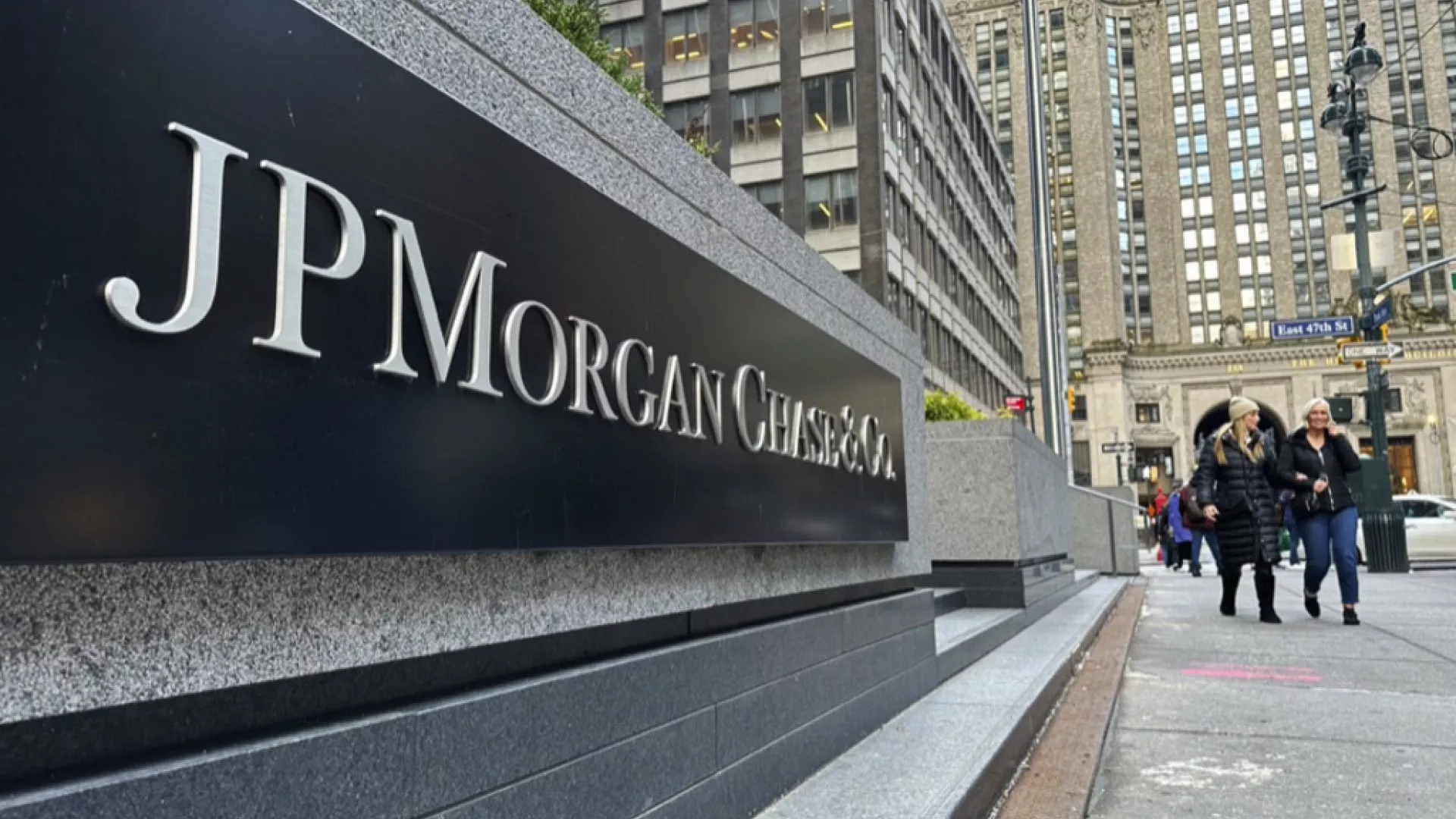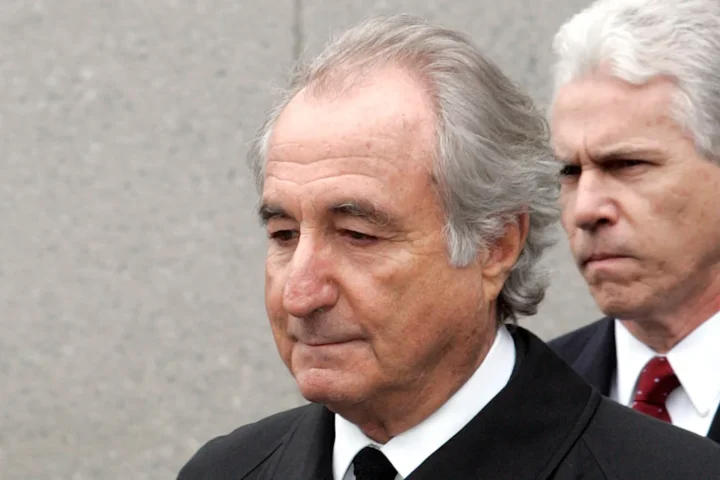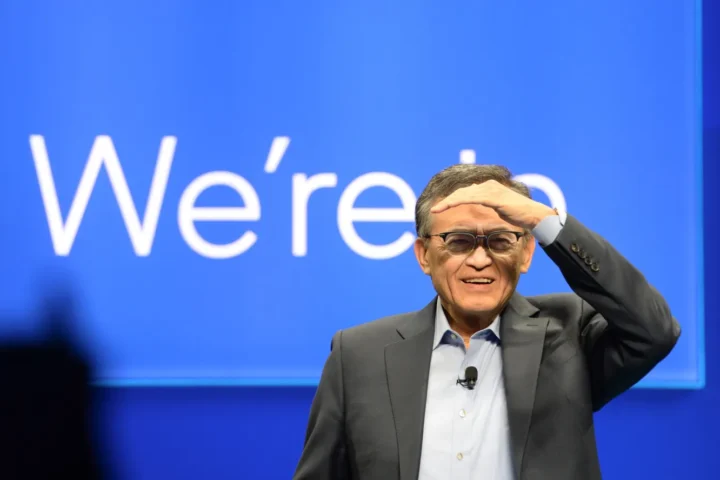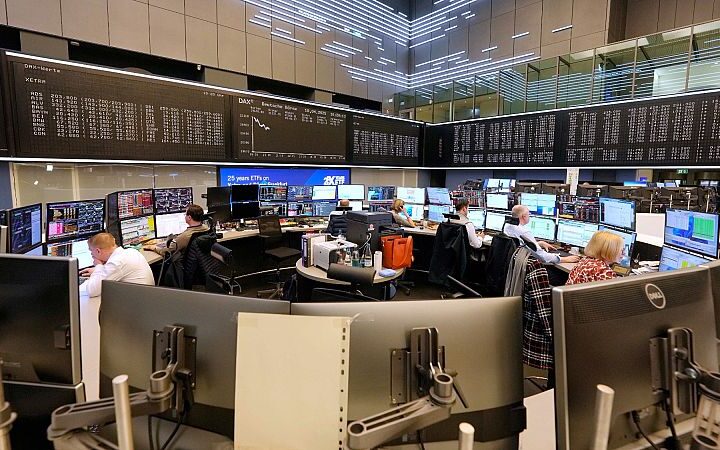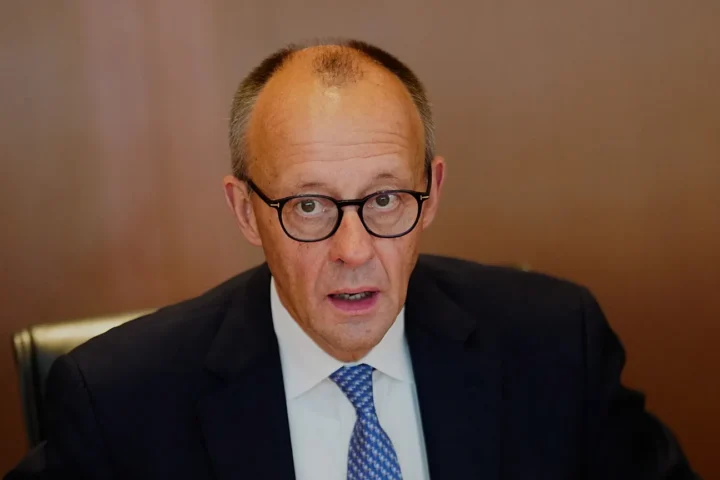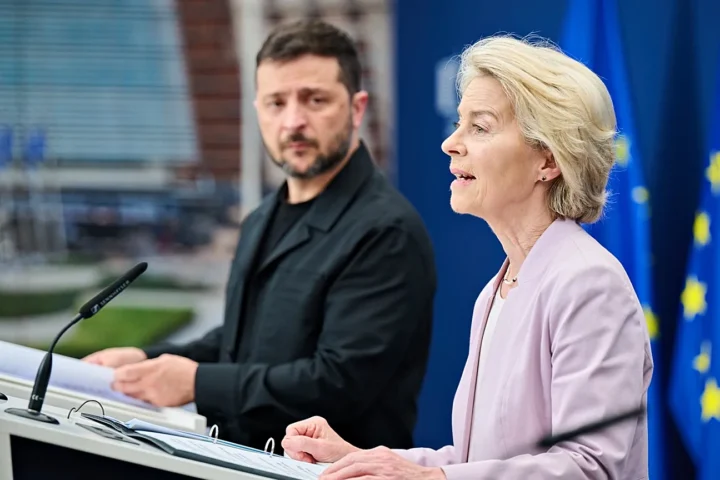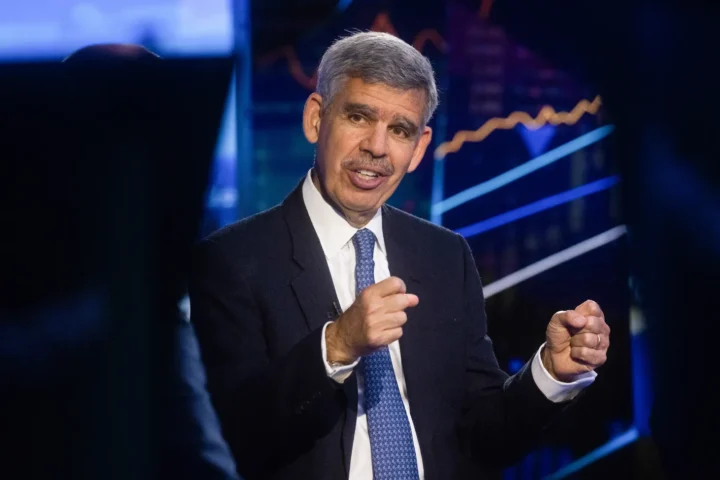As the curtain rises on the quarterly earnings season, JPMorgan, the largest bank in the United States, unveils a steady 6% increase in first-quarter profits. While the financial figures indicate resilience, CEO Jamie Dimon delivers a sobering message, flagging potential headwinds stemming from inflationary pressures and geopolitical uncertainties.
With a profit of $13.42 billion (€12.62 billion), translating to $4.44 per share, JPMorgan’s performance reflects a robust start to the fiscal year, albeit tempered by a one-time charge of $725 million to the Federal Deposit Insurance Corporation. Despite the investment banking revenues holding steady, signs of heightened activity surface. Meanwhile, in the consumer banking segment, profits register a commendable 6% ascent, coupled with a reduction in provisions for loan losses.
Although the results surpass analysts’ expectations, the bank’s stock experiences a premarket dip, catalyzed by JPMorgan’s conservative outlook on net interest income for the full year, primarily attributing it to anticipated interest rate adjustments by the Federal Reserve.
In his address, CEO Jamie Dimon underscores the bank’s vigilance in the face of lingering inflationary pressures and geopolitical tumult, referencing ongoing conflicts in Gaza and Ukraine, alongside substantial global government expenditures.
Wells Fargo’s Performance Highlights Resilience Amidst Challenges
Simultaneously, Wells Fargo, in its maiden earnings report following the Biden administration’s relaxation of regulatory constraints, showcases a mixed performance. Despite a decline in profits compared to the previous year, the bank surpasses market forecasts, posting earnings of $4.6 billion (€4.33 billion), equivalent to $1.20 per share.
While the figures reflect a downturn from the corresponding period last year, the outcome surpasses Wall Street’s projections, demonstrating the bank’s resilience amidst changing market dynamics. Notably, the termination of a consent order by the Office of the Comptroller of the Currency underscores Wells Fargo’s strides in addressing past regulatory lapses and fortifying its operational framework.
In response to the earnings disclosure, Wells Fargo’s shares initially waver but ultimately recover ground, reflecting investor confidence in the bank’s trajectory. Despite facing headwinds, including diminished loan volumes attributed to prevailing interest rate dynamics, Wells Fargo’s performance signals a promising start to the fiscal year, underpinned by prudent strategic initiatives and regulatory compliance efforts.
